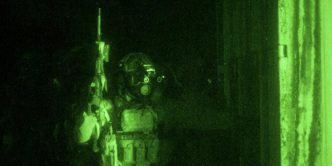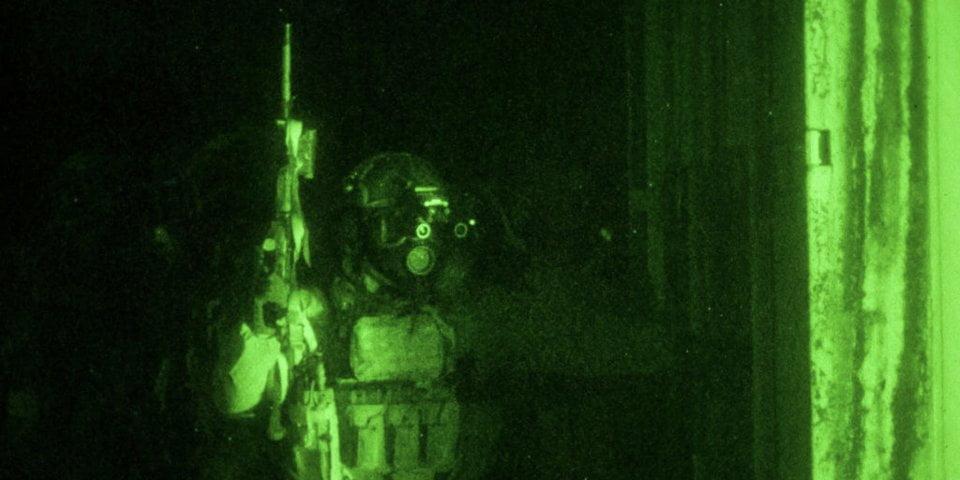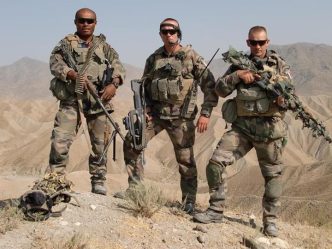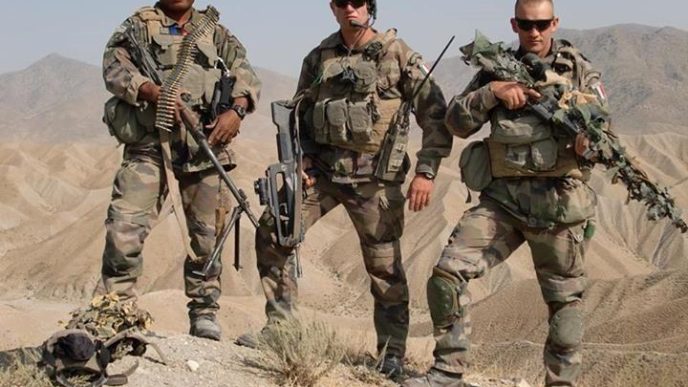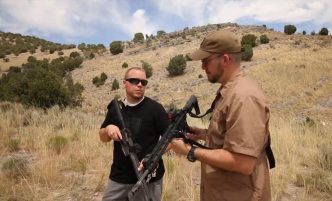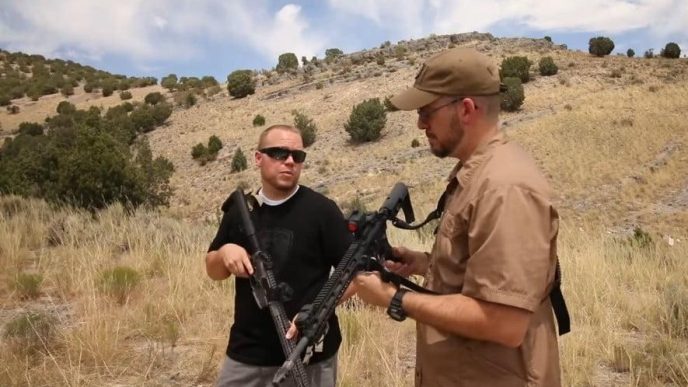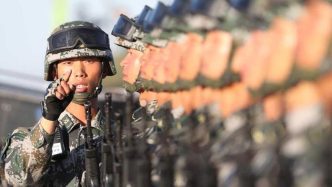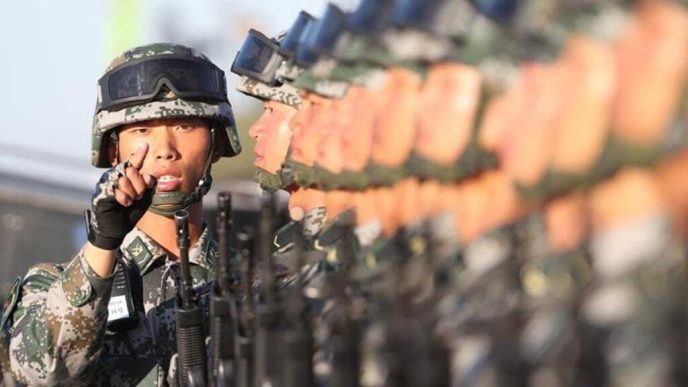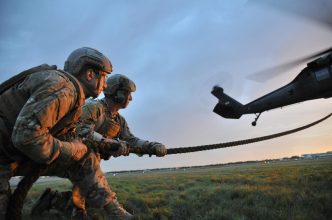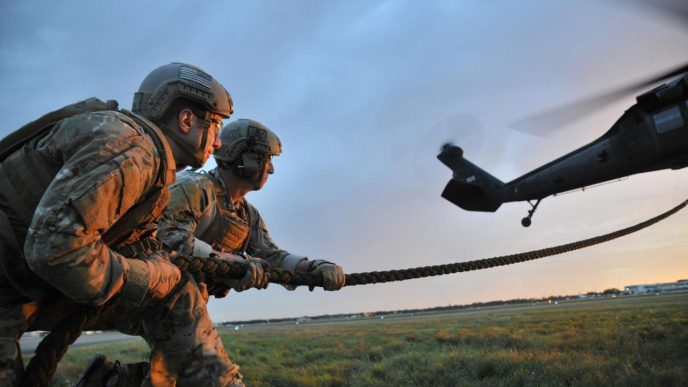Well, let’s start with nomenclature. SEAL Team 6 vs Delta Force comparison is not a quite easy thing, despite they are the America’s most elite units. They might look the same but they are still different. Difference is obvious if you know where to look. The difference between Seal Team 6 and Delta Force should be explained in 10 key differences.
Introduction
Seal Team 6 is what the public calls it. Their real name is DevGru. Delta Force…their original name was 1st Special Forces Operational Detachment Delta. They’ve gone through a couple of different names to try and stay under the radar… CAG (Combat Application Group), ACE (Army Compartmented Element) is what a veteran of this unit puts down on their resume when they apply for a job in the civilian sector.
If you go to Ft. Bragg or McDill in St. Pete, the general reference (and on coffee mugs and T-shirts) will be Delta (with the greek “D”). DevGru and the SEALs are Navy, Delta is Army (but recruits people from all branches of the US military including SEALs).
We’ll simply call them Delta and DevGru for the purposes of this reply.
Age
Delta operators tend to be a bit older than most SEALs (I can’t speak for the age comparison for DevGru though it seems to me that Delta would still be older).
Phyiscial demand
SEAL training is probably a bit more physically demanding…part of it is they are expected to be great swimmers, scuba qualified, and the cold water training in hell week is supposed to really kick your butt. OTOH, the D-boys have often been used to review embassy security or operate roles outside of their primary roles (like being a liaison to a foreign hostage rescue team in training, going in to observe and advise when another country is dealing with a hostage or terrorism situation).

So if we could generalize between Seal Team 6 and Delta Force, it would be that SEALS are a bit younger, maybe strong physical demands, Delta is a bit older, more judgment/wisdom expectations. As a rule, you aren’t eligible for consideration by Delta until you’re a veteran NCO and usually with a Ranger tab or at least jump qualified. You can be eligible for the SEAL course at a much earlier stage in your military career. But in terms of actual CQB training, their stuff overlaps significantly in terms of what they train to do with the primary differences being that SEALs probably far more with the water than the D Boys do.
Direct comparison: Seal Team 6 vs Delta Force
Now, in a comparison in training between Seal Team 6 vs Delta Force in their units, you’d find very little difference. DevGru is intended to be hostage rescue and counter-terrorism. While all SEAL platoons receive training in this, it’s DevGru that is supposed to be the SEAL unit that specializes in this and their operators are supposed to be better at this than other SEAL teams. Meanwhile, this (hostage rescue and counter-terrorism) is supposed to be what Delta is all about. So in terms of the technique that can be discussed publicly, you’d find a lot of similarities between the two units.

However, if you look at overall training that it took to get to those respective units, Delta operators are almost always going to have had longer careers in the military with more qualifications before they reach the Delta selection stage than do DevGru operators who are drafted by a respective squadron. For instance, it would not be uncommon for a Delta operator to got through AIT, go to jump school, serve with the 82nd Airborne, get a Ranger Tab, serve with the 75th Rangers, go Special Forces (and pick up a language proficiency if they didn’t already have one). While the path for DevGru would be SEAL qualification and selection and then drafting by a DevGru squadron and qualification.
Rules
For operational simplicity, Delta owned Iraq, the SEALs owned Afghanistan. While there was some presence by both units in both countries, Delta took the lead for special ops in Iraq with assists from the SEALs and the Navy took the lead for special ops in Afghanistan. Now that Afghanistan is winding down, most of the special operations activities making the news (for instance…actions against Daesh like the hostage rescue in Iraq, grabbing Daesh assets in Syria, taking down an al-Qaeda leader in Somalia, taking down an ISIS leader Abu Bakr al-Baghdadi in Syria) involve Delta.
Anything with a seaborne nature (like pirate ops in the Indian ocean) will be owned by the SEALs. And for emergencies, the force that is closest will get called in (for instance, with Benghazi, it was a special Marine Quick Reaction force in Italy that was activated but couldn’t get there in time).
Nightstalkers
Both units operate extensively with the 160th SOAR (Special Operations Aviation Regiment) which works with all of the military special ops units and delivered the DevGru operators into Pakistan to take down Usama Bin Laden. There are elements of the 160th at Pope AFB next to Bragg. Otherwise the 160th operates out of Ft. Campbell Kentucky. Seal Team 6 (DEVGRU) is located at Dam Neck, VA (near Norfolk).
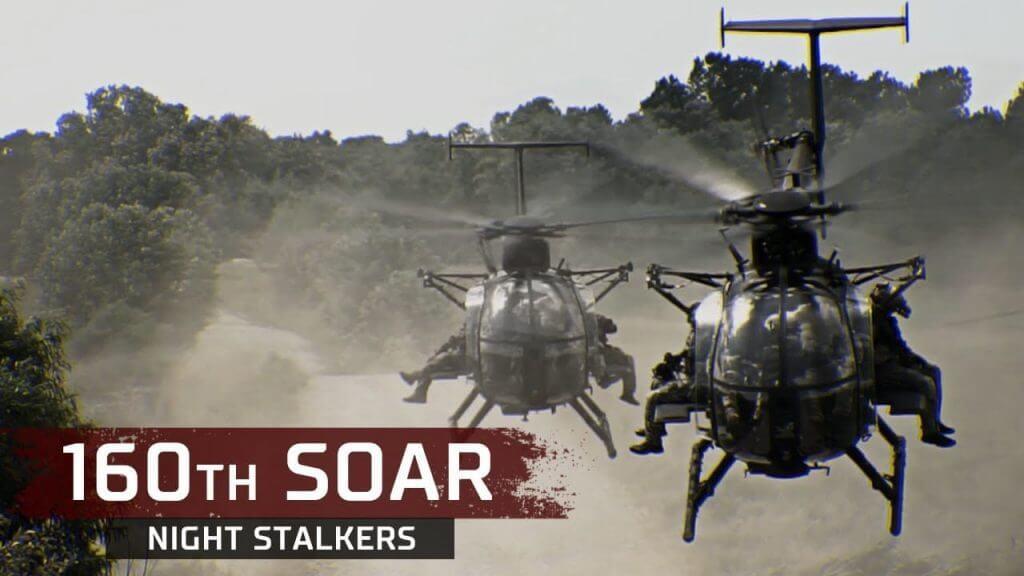
Media Exposure
The SEALs (at least until recently) have been more PR-focused while Delta has been far more behind the scenes. In fact, on special ops communities, the SEALs have been taking a lot of stick from a host of units (from the USAF PJs, and Marine Recon to the other Tier One elements) about being “Hollywood” and talking to much to the media, engaging in self-promotion. The vast majority of operators take this whole secrecy thing very seriously. And that’s probably been another big difference between the two groups of operators.
Apperance
Until recently (with SEALs in Afghanistan where beards were a good thing to wear), the appearance would be different. As a rule, Delta operators would have shaggier hair (or at least longer hair than you’d expect anyone in the military to have), they were older. You expect a superman and all but one of the D-boys I’ve seen have looked like suburban dads who are really serious runners… thin and wiry.
I only saw one that looked big and muscular. Probably half of them had some kind of facial hair. They looked like they’d just blend right in at a Chili’s or Outback. The SEALs I’ve interacted with were all younger, less hair (except for the ones back from Afghanistan), bigger guys with more muscles, and they all had prominent SEAL tattoos.
Training and selection
I remember reading about the Delta course and it’s much more about messing with your mind. Everyone is given instructions, you’re operating individually as you navigate or seek the objective, crossing other guys given different instructions and headed different locations (so you start to wonder if you’ve screwed up in the rain or the dark), observers watching you and timing everything but not giving feedback–taking down notes you can’t see, you have no idea if you’ve screwed up or done well.
And then you’ll intentionally be given wrong instructions or the truck won’t be there to pick you up after the trek. The idea is to really challenge you with a lot of “unknowns” and “fubar” situations, to make sure everyone can handle the unknown, be strong mentally in addition to the physical tests and the technical ability.

The SEAL course is much more about mental abuse, daring you to quit, doing stuff as a team, carrying rubber boats full of sand over your head as you run (or a telephone pole), doing stuff as a team, so there are still physical challenges and technical demands but it’s much more about seeing if you’ll quit.
Posse Comitatus doctrine
My understanding is that Delta is the only US military unit that has an exemption from the Posse Comitatus doctrine (meaning: all US military units are not allowed to operate on US soil unless you get a state of emergency or martial law declared). Delta is the exception–if you had a terrorist or hostage incident that was beyond the capability the FBI HRT, then you’d see Delta called in. Not so DevGru or other Tier One and Tier Two units in the SOCOM.
Culture
Last of all, my understanding from a range of sources is that the culture of the two units (SEAL Team 6 vs Delta Force) is extremely different. They don’t feel like similar units—not b/c of competence or skill but just how it feels being in the unit. I’ll just leave it at that.
